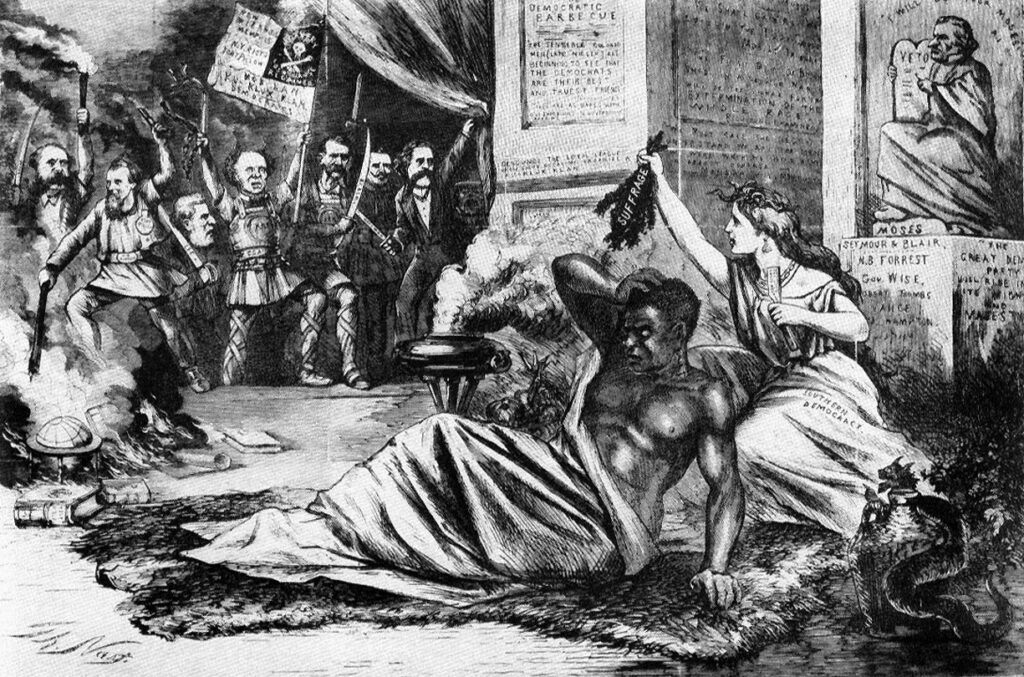
Samson, the last of the judges of the ancient Israelites according to the Hebrew Bible, wears a modern face in Black Samson: The Untold Story of an American Icon by Dr. Jeremy Schipper and Dr. Nyasha Junior. As professors at Temple University’s religion department, they have both conducted significant research on the Hebrew Bible and Old Testament. In a recent Dartmouth-sponsored Zoom lecture, they discussed the prominent foundations — regarding Samson and his transformed role in relation to racial inequality in the United States — that led to their culminating work.
Their central thesis is that the story of Samson, referenced in the Book of Judges, has become an icon in expressions of racial inequality in the United States. According to the biblical account, Samson was given immense physical strength by God on the condition that he would never cut his hair. Samson utilized his strength to fight off the Philistines, who were enemies of the Israelites. However, Samson revealed the secret of his strength to Delilah, a Philistine whom Samson loved. Delilah then cut Samson’s hair, leading to his capture. Later, while being mocked inside a Philistine temple, Samson called out to God for renewed strength and ultimately destroyed the temple in which the Philistines were celebrating, killing many Philistines but also killing himself.
This story has resonated with many civil rights activists. Although the Bible does not give a detailed account of Samson’s physical appearance, “the name Samson became linked with enslaved and free Africans in America as early as the 18th century,” according to Dr. Junior.
Several scholars focus on a passage in Judges 16:21, which details how the Philistines captured and bound Samson in the prison house. “So these interpreters understood Samson as an enslaved man who was forced into labor,” Dr. Junior concluded, reflecting upon Samson’s relevance in the plight of American slaves and their descendants.
The professors discussed several portrayals of Samson in American political cartoons. In an 1868 edition of Harper’s Weekly, the cartoon “The Modern Samson Nast” depicted Delilah, labeled with “Southern Democracy,” cutting a Black Samson’s hair, which is labeled with the word “Suffrage.” In the background, various Southern Democrats cheer on the scene. The cartoon sought to criticize the efforts of Southern Democrats to continue to disenfranchise and infringe upon the civil rights of former slaves. A more recent portrayal of Black Samson comes from the History channel’s 2013 mini-series titled The Bible, which was nominated for three Emmy awards. In the third episode, which contains the story of Samson, many of the characters, including Samson and his mother, are portrayed by actors of African descent.
“From Harper’s Weekly to the History channel, visual representations of Black Samson in popular culture have helped to shape Black Samson into an American icon,” Dr. Junior said.
This lecture event comes amid a surge in political activism over racial inequity, highlighted by the protests and riots against several controversial police shootings and institutional treatment of black Americans.

Be the first to comment on "Black Samson: Dr. Nyasha Junior and Dr. Jeremy Schipper Reflect on an Overlooked Icon"